-
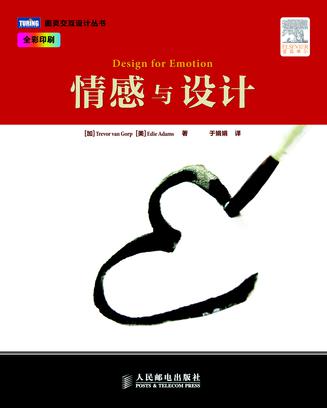
情感与设计
情感变化无常、难以持久,但却构成了我们的日常体验,主导着我们的决策。如何将个性与情感化因素融入设计,从而提高用户参与度、忠诚度及满意度呢?本书内容紧扣“4W1H”来探讨情感化设计的要素及规则,并通过大量的现实例证来阐述情感化设计在产品、界面、应用等诸多设计领域内的运用,同时还介绍了A.C.T模型,一种有意触发情感反应的设计架构。 本书主要内容: 情感化设计如何改善用户与产品的关系 深入探讨心理学中的情感概念,更好地了解情感。 注意力对情感化设计的影响 情感化设计的几种重要模型 行业领导者专访及重点案例分析 行业推荐 -
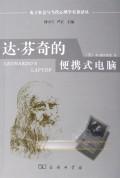
达·芬奇的便携式电脑
本书通俗易懂,充满热情,并插入大量达·芬奇的作品,增加了本书的趣味性,使得该书既可为专业人员的产品设计拓展新的视野,又可激发普通读者对未来计算机用途产生更多的联想和思考,从而使设计者和使用者能够共同推进新的计算技术的发展。值得一提的是,本书获得了2003年度国际电气和电子工程师协会(IEEE)颁发的“推进公共意识卓越成就奖”,并被很多大学指定为研究生教材。本书对于那些关心未来信息技术发展趋向的人们是很有价值的。 中文版序 前言 致谢 第一章 激发新计算技术的灵感 达·芬奇的平凡出身 展望新的计算技术 由旧计算技术产生新计算技术 关于本书 怀疑者的观点 第二章 任何带宽下的不可用性 提升公众意识 不可用的界面 着手于新的计算技术 怀疑者的观点 第三章 寻求普遍可用性 界定普遍可用性 应对技术多样化 适应形形色色的用户 在“用户知道什么”和“用户需要知道什么” 之间搭建一座桥梁 怀疑者的观点 第四章 新方法,新目标 转向新的计算技术 实现“以用户为中心”设计的方法 被再次检验的摩尔定律 从AI到UI——从人工智能到用户界面 “以用户为中心”设计的原则 为何要关注人机交互? 怀疑者的观点 第五章 理解人类的活动和关系 我们为何使用计算机? 四个关系圈 活动的四个阶段 一个活动与关系表格 眼睛获取它!视觉信息 移动性和无处不在性:掌上电脑、微型遥控器、 信息门、网络树“ 怀疑者的观点“ 第六章 新教育——电子学习 为何并非每个学生都能得A? 教学和技术 应用“收集一联系一创造一贡献”链 收集:搜集信息和可获得的资源 联系:在合作性团队中工作 创造:开发雄心勃勃的项目 贡献:产生对课堂外的人们有意义的结果 未来的一个科技节场景 怀疑者的观点 第七章 新商业——电子商务 为何你做不成你想做的生意? 商家的机会 消费者的优势 个性化和用户化 信任还是不信任 是否存在一个激发信任的历史? 怀疑者的观点 第八章 新医学——电子保健 为何你曾经患病? 给予医生能力 给病人授权 未来的一个医疗场景 怀疑者的观点 第九章 新政治——电子政务 你为何从政府那儿得不到你想要的东西? 从政府那儿得到你想要的东西 得到你想要的政府 开放式议政 怀疑者的观点 第十章 超级创造力 达·芬奇的创造力 灵感主义者、结构主义者和环境主义者 创造力的三种水平:日常的、演化的、革新的 超级创造力的框架 整合创造性活动 通过协商期望进行咨询 未来的一个建筑场景 怀疑者的观点 第十一章 更为宏大的目标 旧计算技术与新计算技术 下一位达·芬奇 怀疑者的观点 注释 参考文献 索引 译后记 -
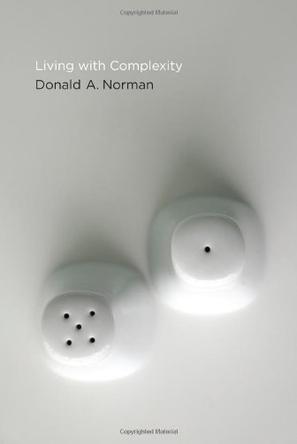
Living with Complexity
If only today’s technology were simpler! It’s the universal lament, but it’s wrong. We don't want simplicity. Simple tools are not up to the task. The world is complex; our tools need to match that complexity. Simplicity turns out to be more complex than we thought. In this provocative and informative book, Don Norman writes that the complexity of our technology must mirror the complexity and richness of our lives. It’s not complexity that’s the problem, it’s bad design. Bad design complicates things unnecessarily and confuses us. Good design can tame complexity. Norman gives us a crash course in the virtues of complexity. But even such simple things as salt and pepper shakers, doors, and light switches become complicated when we have to deal with many of them, each somewhat different. Managing complexity, says Norman, is a partnership. Designers have to produce things that tame complexity. But we too have to do our part: we have to take the time to learn the structure and practice the skills. This is how we mastered reading and writing, driving a car, and playing sports, and this is how we can master our complex tools. Complexity is good. Simplicity is misleading. The good life is complex, rich, and rewarding—but only if it is understandable, sensible, and meaningful. -
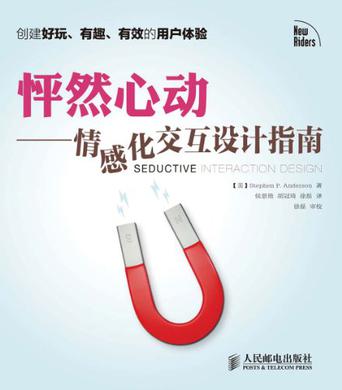
怦然心动
《怦然心动:情感化交互设计指南》精彩地阐述出了当人们访问网站,打开软件,购买实体产品和被某人吸引时的心理状态,并且非常深入地用心理学的方法解释了刺激和触发人类行为的因素。书中提供的众多方法,让我们可以创造出更加持久和深刻的用户体验。《怦然心动:情感化交互设计指南》包含了众多的案例和参考资料,就算是熟谙用户体验的读者也能从中学习到新的知识,或轻松触碰到其他对自己有帮助的信息资源。 -
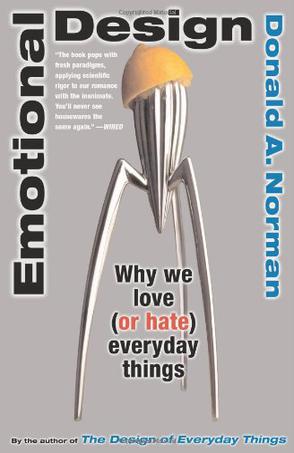
Emotional Design
Did you ever wonder why cheap wine tastes better in fancy glasses? Why sales of Macintosh computers soared when Apple introduced the colorful iMac? New research on emotion and cognition has shown that attractive things really do work better, as Donald Norman amply demonstrates in this fascinating book, which has garnered acclaim everywhere from Scientific American to The New Yorker . Emotional Design articulates the profound influence of the feelings that objects evoke, from our willingness to spend thousands of dollars on Gucci bags and Rolex watches, to the impact of emotion on the everyday objects of tomorrow. Norman draws on a wealth of examples and the latest scientific insights to present a bold exploration of the objects in our everyday world. Emotional Design will appeal not only to designers and manufacturers but also to managers, psychologists, and general readers who love to think about their stuff. -
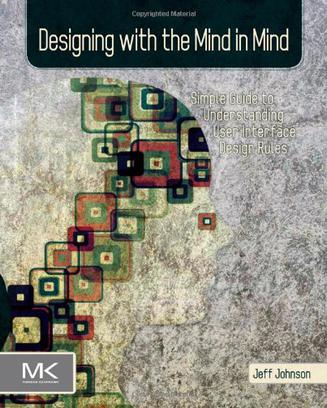
Designing with the Mind in Mind